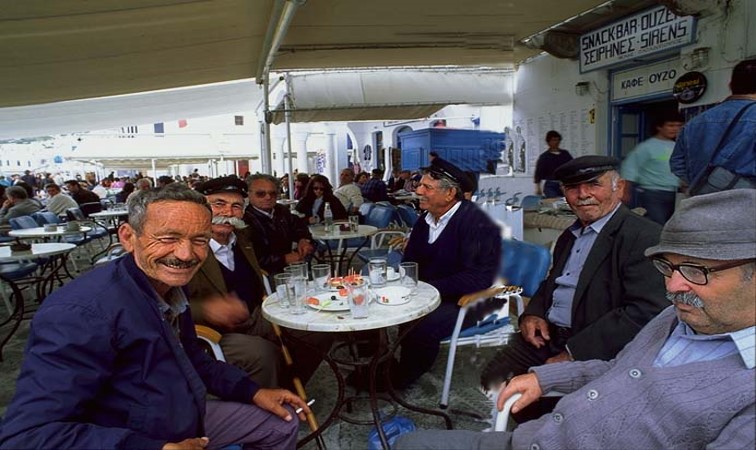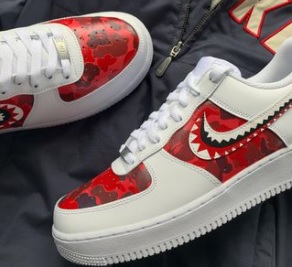I found an old article talking about credentials in the US alone exceeding 900,000 unique education credentials. How do they keep count? Who measures whether they are relevant and fit for purpose? Is there a way to centrally track these? Add the regions of the rest of the world and we are easily in excess of 1m credentials.
For time I have been saying two things count more than anything else – relevancy of the credential to the job aspirations of the individual (where two individuals may have the same job role but have taken different learning paths to get there) and the match of skills to an employer’s requirements. Then the credentials carry their greatest value.
This is even more pronounced when skills gaps are widening and companies are scrambling for workers; people with the skills to address a need there and then for their business, able to hit the ground running with a contribution from day 1. I have also previously referenced living longer, learning new skills multiple times, 20 jobs and 10 careers with job changes more frequently than in the past – these require a new education model to service needs of the future.
Clay Christensen predicted a reduction in post-secondary education of 50% in universities offering degrees and I liken it to the hourglass economy, where those at the top are somewhat protected by the prestige of their brand, but the rest have to differentiate or they wont survive.
The answer? More employers at the table, relevancy of credentials to workplace needs, individuals taking control and carving out credential pathways that suit their ambitions, all underpinned by a subscription model like a gym membership, Netflix and Spotify.


